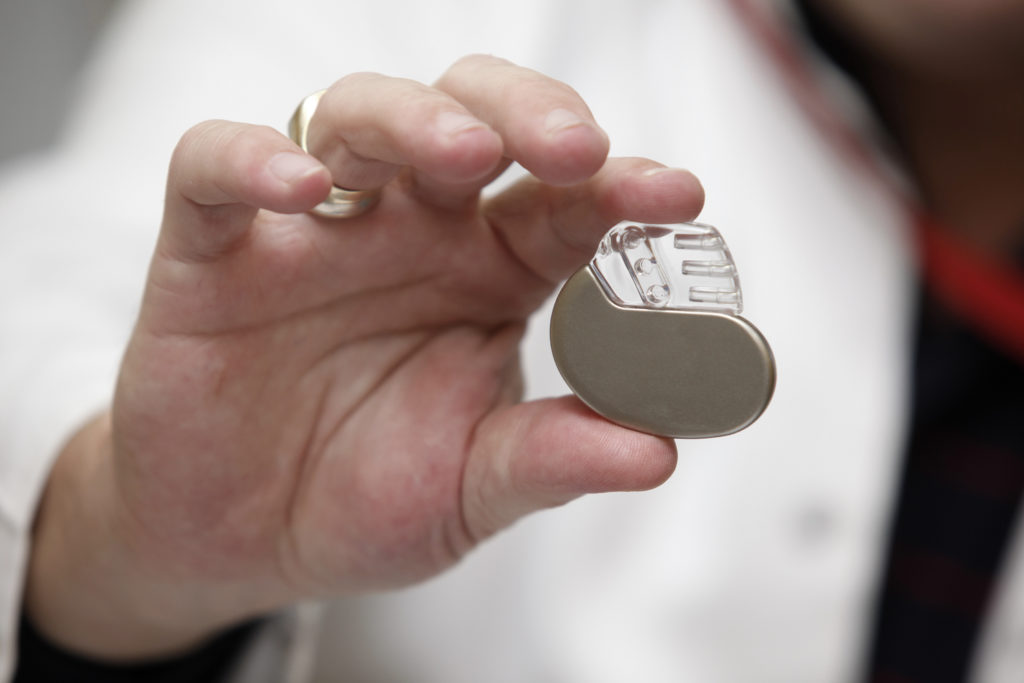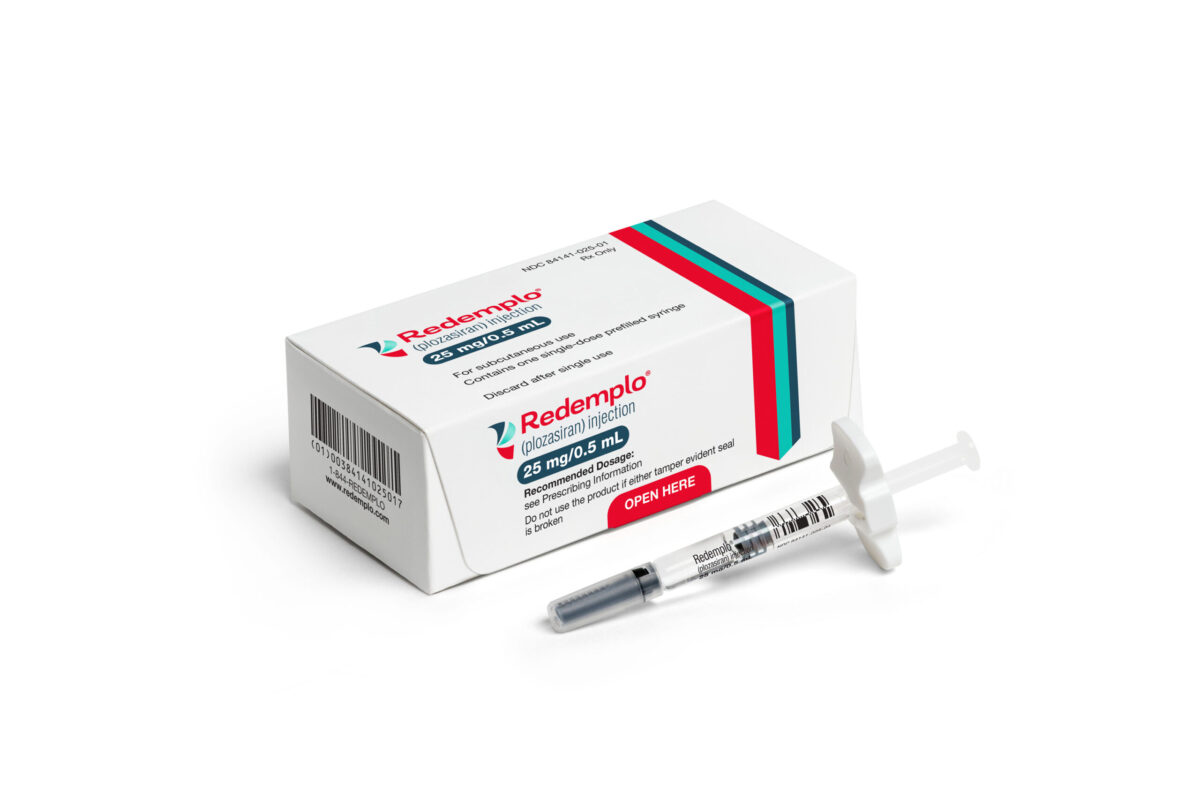A comparative study published in the journal Heart Rhythm suggests that patients fitted with a leadless cardiac pacemaker had fewer short-term and mid-term complications compared to those with transvenous pacemakers. The study suggests that the newer, leadless pacemakers made be a safer option for patients over traditional devices.
“The issue with traditional pacemakers, which have been around in mainstream use since the 1960s, is that the greatest source of complications come from the incisional access that we need to create a pocket for the pacemaker,” Dr. Daniel Cantillon, research director for Cardiac Electrophysiology and Pacing at Cleveland Clinic and lead author of the study, told MD+DI. “If you look at the experience with traditional pacemaker complications from the 80s, 90s, and 2000s there really haven’t been any major improvements in those complication rates because we’re limited by the fact that we’re using incisional access and we’re still using wires.”
The primary difference between leadless pacemakers and transvenous pacemakers is the way in which they are inserted; traditional pacemakers are inserted into pocket incisions in a patient’s chest whereas the leadless variety are delivered to the heart via a catheter inserted into a major blood vessel in the leg.
In the case of transvenous pacemakers, there is a risk of infection within the pocket incision made by the surgeon, and the leads used to insert the device could break. In contrast, no incisions or wires are used to place leadless pacemakers eliminating the risks associated with these procedures.
In order to compare the safety of the two devices, Cantillon and his team studied reported short-term and midterm complications in 1,436 patients who were fitted with a transvenous pacemaker and 718 patients who were given Abbott’s Nanostim leadless pacemaker. However, the study was not a direct comparison as data was taken from the multi-center LEADLESS II trial, and claims data was obtained from Truven Health MarketScan databases. The researchers attempted to control for other variables by using statistical methods to match patients from each data source.
One month after surgery, 5.8 patients who received the leadless pacemaker had experienced complications compared to 9.4 percent of those with traditional pacemakers. About 3.6 percent of patients with traditional pacemakers experienced lead complications, 0.42 percent suffered pocket complications, and 1.7 percent development infection. In contrast, none of the patients with the leadless pacemaker experienced any of these complications.
While patients given the leadless pacemaker had a higher risk of bleeding between the heart and the pericardium – known as pericardial effusion – this complication was uncommon. Still, the researchers point out that pericardial effusion can be a serious complication with patients something requiring a second surgery.
“There are a couple of things to keep in mind about that, is that the LEADLESS II technology looked at generation one technology,” said Cantillon. “So, all the operators including myself that were involved in the LEADLESS II trial were seeing all of this for the first time. We actually did an analysis where we looked at the operator specific complication rates with a new technology before and after 10 implants and we found that basically after 10 implants the complication rates for the leadless device were cut in half.”
While the leadless pacemakers appeared to be safer than traditional devices in this study, Cantillon notes that the Nanoslim devices will need to be granted an expanded indication in order to be used in a broader patient population.
“Right now, leadless pacemakers are here to stay,” said Cantillon. “But the major problem and the major limitation is that the current leadless pacemaker that we have available is just a single chamber ventricular-only pacemaker. That accounts for about 10 percent of all the US population that use pacemakers. The other 90 percent are not served by this technology. For those patients traditional transvenous pacemakers must be used.”












Join or login to leave a comment
JOIN LOGIN